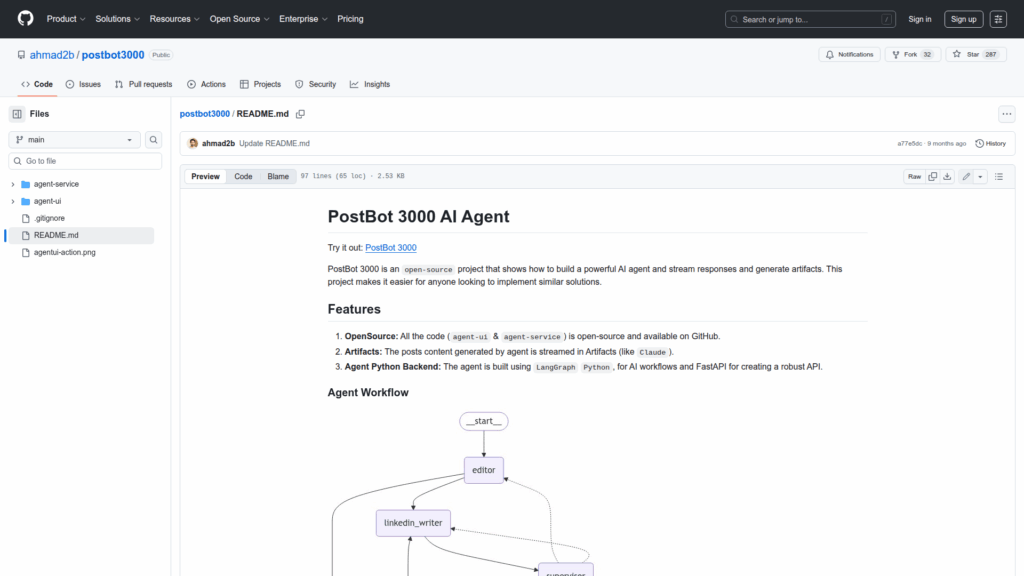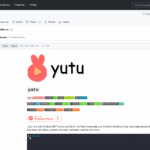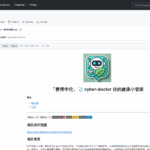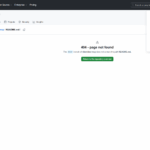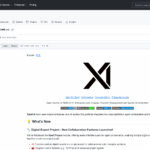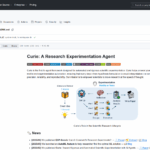postbot3000
Basic Information
PostBot 3000 is an open-source example project that demonstrates how to build a streamed-response AI agent and generate artifacts for social posts. The repository includes two main parts: an agent service implemented in Python using LangGraph for AI workflows and FastAPI to expose APIs, and an agent UI built with Next.js and the Vercel AI SDK. It shows end-to-end wiring of a model layer (the README references gpt-4o-mini), state and caching with Upstash Redis, authentication with Clerk, and a TailwindCSS frontend. The project provides a running demo, architecture images, and step-by-step local setup instructions using poetry for the backend and npm/yarn/pnpm for the frontend. It is intended as a hands-on template for developers to study and reuse.

